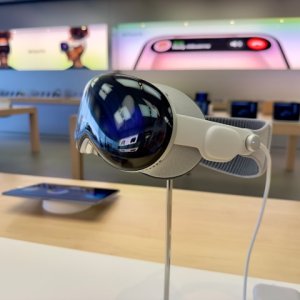Digitalizing the Mexican Healthcare System

STORY INLINE POST
Q: What are the advantages for the Mexican healthcare system becoming more digitalized?
A: One big advantage to using digital technology is that it can enable health rights to become immediately more transportable. There also need to be the right incentives for the health sector to make health records electronic and make sure this is implemented correctly. INEGI has a lot of information but there needs to be more efficient ways to analyze data. The Ministry of Health’s National Basic Health Information System (SINBA) is taking solid steps toward building a platform for all the incoming data from different health sector members so that it can be used by the public and private health care systems. They would also like to add all newborns into the electronic system from the moment their birth certificate is issued. This pilot program will take about a year and a half to be fully implemented and is a step in the right direction. Another relevant need is to create with the help of the Association of Insurance Companies (AMIS), and the Association of National Private Hospitals (ANHP) a database where performance indicators of private and public hospitals is accessible to everybody. This will help patients make educated decisions based on public information.
Meanwhile, on the digital side we are showing the Mexican health system a model sponsored by PwC and the University of Texas (UT). A community was created for the relatively high diabetic population in Brownsville. Members are registered in the system, and if they are diabetic or have a high risk for diabetes they are put into a program to help them control it. This type of model could be brought here by insurance companies in alliance with pharma companies to manage costs and improve health.
Bodylogical is also an innovative digital tool we use to model the physiology of your body to give an individualized profile. This helps insurance companies determine high-cost customers and gives them predictions of future risks, and programs on how to reduce it and lower costs.
Q: How do you think we can make digital healthcare providers more aware of cybersecurity risks and how do we assure clients that their data will remain confidential?
A: The most mature in terms of cybersecurity are the insurance companies and the least mature are the health providers. The pharma and medical device companies are in between. At PwC we have some workshops for healthcare providers’ boards to show them worst-case scenarios, yet since there are no known such cases, it is a slow process to get them to that level of awareness about cyber threats.
Q: How can we use mobile health to prevent and fight many of the diseases we see in Mexico, like diabetes?
A: Prevention is very difficult but it is easier to help prevention efforts for the middle class than the marginalized, who are more concerned with other priorities. There are about 35 million middle class Mexicans. If we assume 5.2 million are privately insured, then there is a large marketplace for insurance, and a huge opportunity for wellness programs. There are around 25 companies that insure accidents and diseases, and there are only 10 health-specialized insurers (ISES). By law, ISES have to sell preventive and integrated care products but this model was not developed correctly due to the political problems that arise from having to give IMSS’s resources to someone else. So now there are only four ISES that are focused on integrated health and six focused on dental services. Major accidents and health insurance companies are allowed to provide preventive care but only with reimbursements.























